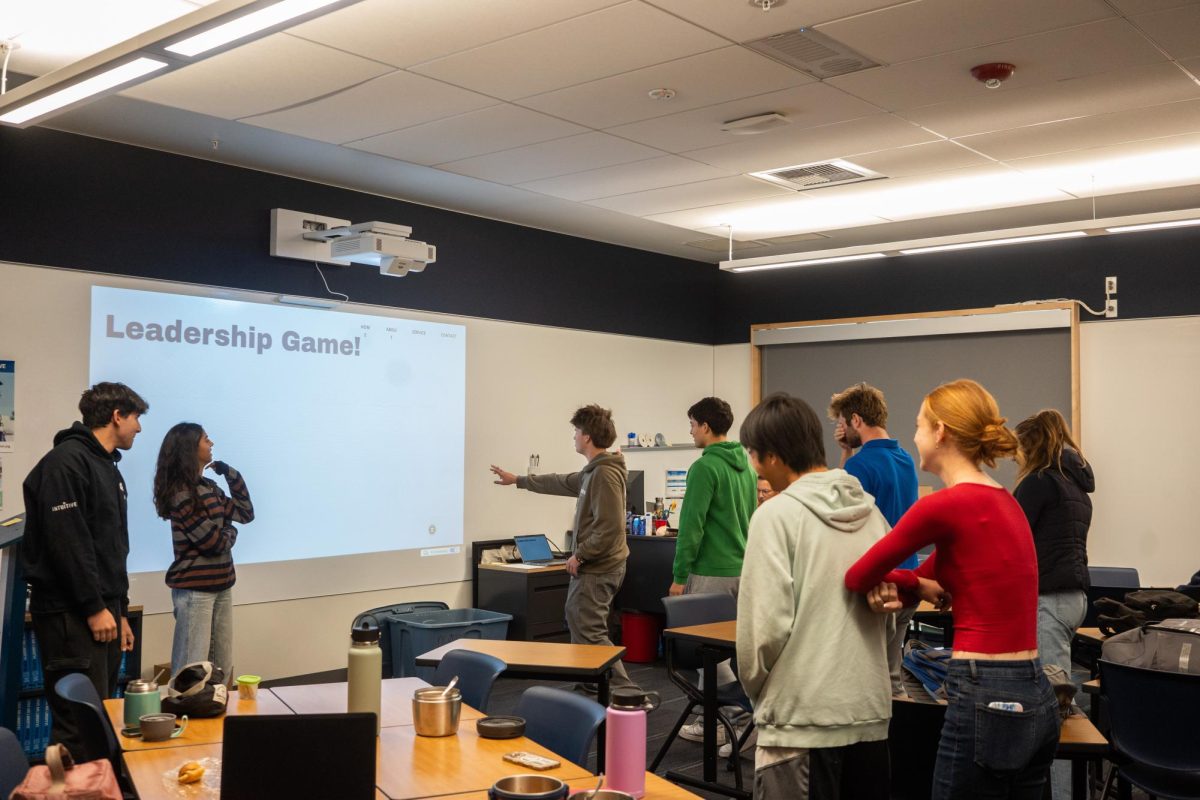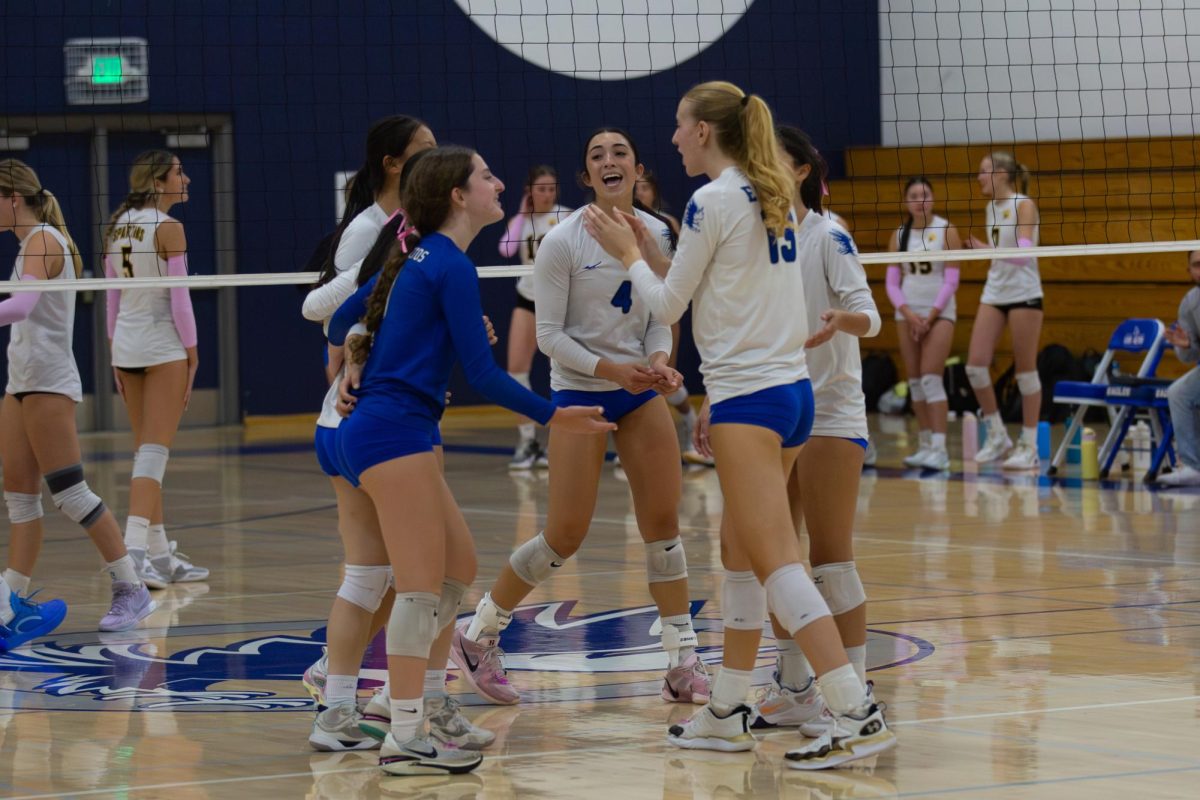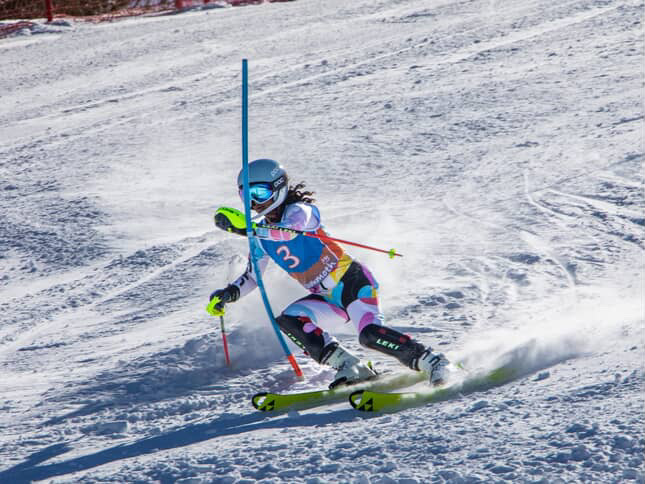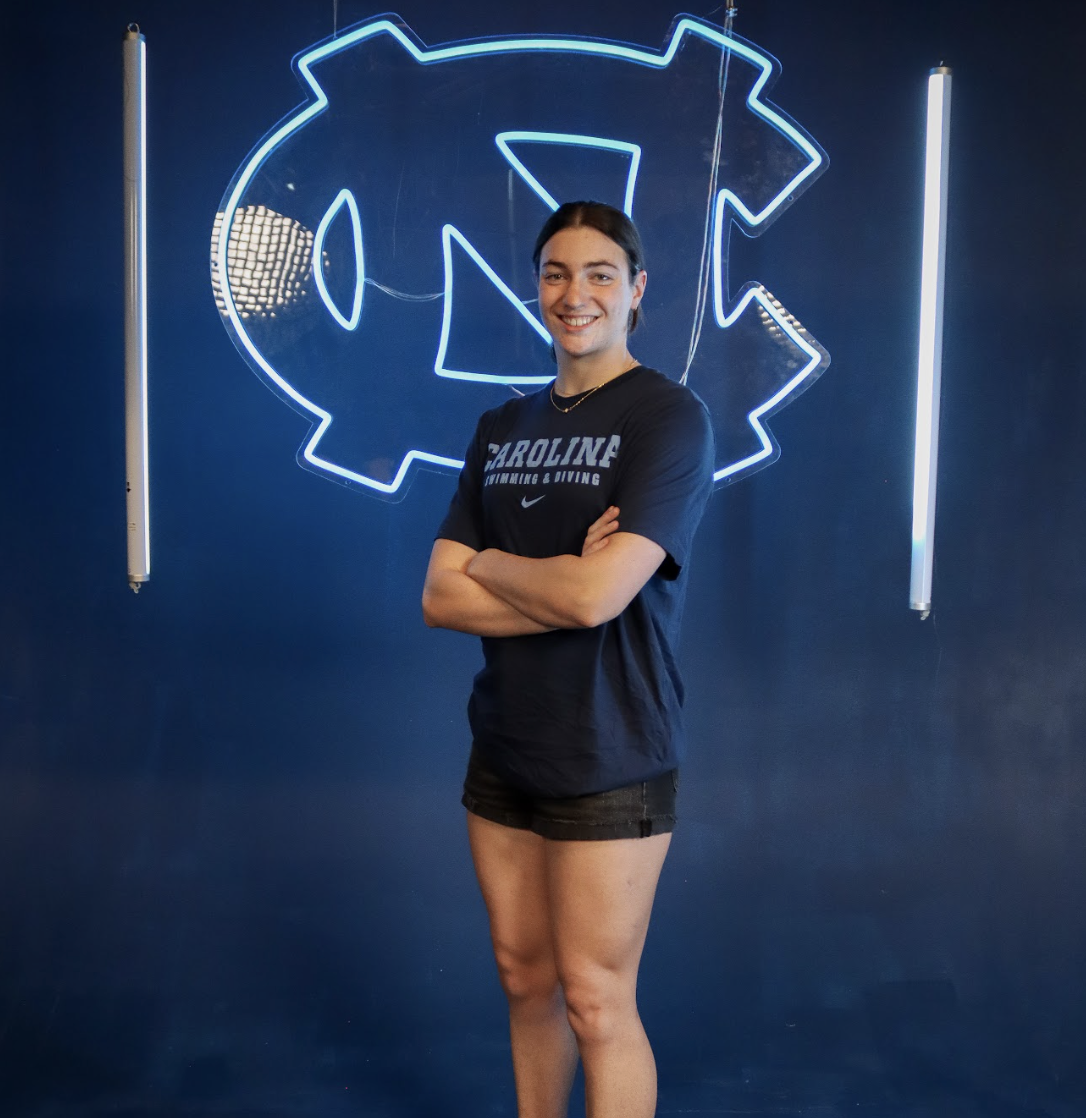This spring, for the first sport’s season in LAHS history, student athletes were required to read and sign concussion information forms before participating in athletic activities. This change in policy reflects a growing concern over injuries and the effects that they can have on student life.
Every year, high school sports cause 2 million injuries, 500,000 doctor visits and 30,000 hospitalizations. In almost every high school football game, someone on the field suffers a minor concussion. Despite the obvious dangers, high schoolers continue to turn out for sports tryouts in droves.
What inspires students to play despite pain and the obvious risk of injury? What effects do these injuries have on the lives of these students, both on and off the field?
At the time of injury
Going into his second season as a wrestler, sophomore John Naumovski was looking forward to a promising season ahead. But during practice, he was wrestling one of his teammates when he began to feel an intense pain that gnawed deeply inside his knee.
“I bashed my knee really hard against a wrestling mat, at least it is what I think happened, and it basically filled up with blood,” John said. “[My knee] was the size of a baseball, and I had to wait for it to drain out.”
John was aching from pain during the accident, as his mind drifted in and out of reality. He was confused about the cause of the injury but concluded that it must have been a freak accident where he landed hard on the mat the wrong way.
“It was pretty bad-looking at the time, so it grossed a few people out; it basically looked like there was a baseball sticking out of the side of my knee,” John said. “My coach was shocked that I could still walk.”
While out to rest his knee, John felt like he let his teammates down.
“The initial prognosis was pretty grim, so I thought I was going to be out for the rest of the season,” John said. “I was pretty depressed and unhappy … The junior varsity took over my varsity spot and he wrestled in my absence. I think the junior varsity wrestler lost some matches that I probably could have won.”
Over a span of a few weeks, John’s injury healed and he was finally able to start out again after taking many precautions. Taking it easy for the first few days during practices over break, he “came back full force” after his recovery.
The recovery
While hitting a serve during a match, sophomore Christian Beck, an avid tennis player, felt a tweak in his back that left a lingering pain. He thought it was a normal sore back until the sharp tingling sensation in his back became unbearable.
Christian’s doctor told him he had a lower back injury, and Christian was forced to wear a back brace for the majority of the time of each day for a few months.
“It was really stressful because I used to play tennis seven days a week, but then I had to take three months off from doing any physical activity,” Christian said. “It was a bad experience.”
Despite these limitations and the inconvenience of wearing a brace, Christian was determined to persevere and return to tennis. The injury had not affected his love for the game.
“I really couldn’t play through my injury because there was a lot of pain when I tried to play through it before, and I wanted to make sure it was completely healed before I went back to tennis,” Christian said.
Having previously injured his knee, Christian knew he couldn’t push himself too hard and had to take the healing process slowly. His knee injury, which had inflamed early in the eighth grade as a result of excessive hours of playing tennis, taught him a lot about being patient with aching injuries.
When he returned to tennis after many weeks without practice, Christian had to patiently improve his strokes and polish off the rustiness in his game. However, for Christian the perseverance seemed to be worth it to return to the game that he loved.
“You have to start out slow when recovering from your injury, and you have to get your rhythm and timing down because your body has forgotten it after a long period of time,” Christian said. “Relearning everything at a slower pace and being a lot more careful was the thing that helped me get back into tennis.”
Perseverance and long term effects
When junior Amanda Spielman stepped onto the soccer field for the first day of club soccer her sophomore year, she knew something was wrong. Her hip had been aching for the past couple of months, and although she had hoped the pain would go away, it had only gotten worse.
After multiple trips to over five different doctors, Amanda still hadn’t been diagnosed with any specific problem.
“I could tell that something was wrong because my body just wasn’t working right, but I didn’t know what,” Amanda said. “That was part of the frustration of the injury.”
Amanda suffered with the injury for almost a year before she was finally diagnosed with hip impingement, a condition where the hip rubs against the joint resulting in painful friction and loss of motion. After a year of pulling and tearing the ligaments in her hip, Amanda was forced to undergo surgery to correct her condition.
Five concussions and 10 broken bones later, Amanda is still playing soccer. To most, it seems almost unbelievable that someone would put themselves through agony and endure torn ligaments and broken bones in order to play. But to Amanda, it was never even a question.
“If I don’t know for sure what’s going on, my mindset is just to play through it,” Amanda said. “When you’re passionate about something like a sport, you just keep going.”
According to Dr. Donald Schreiber, an ER doctor at Stanford Hospital, the ER takes in patients with sports injuries every weekend without fail. He also stated that sports is one of the most common causes of concussions, with over 50 percent of concussions accounted for by sports injuries.
These injuries can have serious effects both on and off the field. According to Amanda, who has had five concussions, concussions have lasting impacts on schoolwork as well as athletic life.
“Just sitting through classes, and trying to focus on homework —that’s so hard for some people anyways—when you have this physical thing going on it’s just really hard, especially with junior year,” Amanda said.
However, Amanda’s repeated injuries are a definite exception of school sports. While many athletes will experience occasional sprains and be forced to take a break, few will face lasting damage in the long run.
“Most people who are doing sports are pretty healthy,” Schreiber said. “Their injuries usually heal up without any significant long term problems.”
Conclusion
Athletes like Amanda show us that they are willing to pursue their passion in sports despite drawbacks from injuries. However, by educating themselves about possible injuries and taking precautions, athletes can help themselves stay injury-free. Athletes who compete at a high level are often accustomed to pushing through the pain from contact and intense work. However, this disregard for bodily aches and pains can have serious side effects and consequences. Aside from the time athletes inevitably are forced to spend away from their sports, lasting consequences can negatively affect athletes life inside and outside their sport for years to come.








